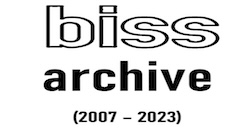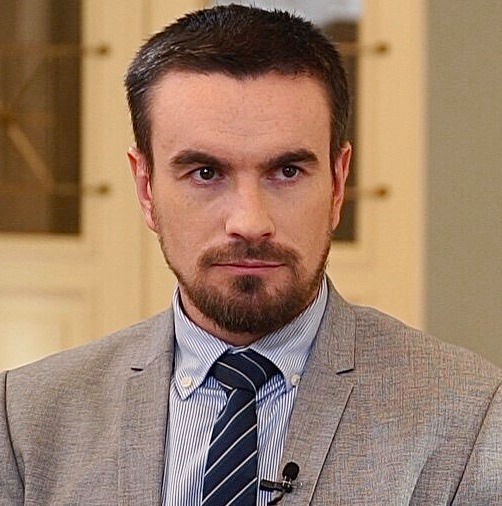This BISS-Trends issue is a semiannual monitoring report encompassing the main tendencies in the development of the Belarusian state and society in the second half of 2014. The report identifies the key trends in the following areas: 1. political democratization/political liberalization; 2. economic liberalization; 3. good governance and the rule of law; 4. geopolitical orientation; 5. cultural policy.
Regress continued in the political democratization/political liberalization segment in the second half of the year, and negative changes were recorded. The main developments that identified the trend towards further deliberalization were curbs on the freedom of speech brought about by the new version of the law “On the mass media” and massive blocking of Internet news resources and media regardless of their political engagement. The second half of the year was marked by an increase in repression against human rights activists and journalists, whereas the scope of repression in terms of the freedom of association and freedom of assembly remained unchanged.
The economic sector was characterized by growing macroeconomic imbalances and lack of structural reforms to effectively address them. Amid deterioration of the external economic situation and modifications in the geopolitical landscape, the planning horizon has narrowed, and a trend emerged towards inconsistent economic decision-making. State regulation of the labor market and the tax sector has enhanced.
When it comes to good governance and rule of law, the positive trend has reversed, and negative progress was reported. Positive decisions were only taken in very tiny niches, such as property registration and terms and conditions for the operation of the China–Belarus Industrial Park (CBIP). In the case of the CBIP project, an exception was made rather than a policy change that would improve the overall investment climate in the country. In some areas, a change to “manual regulation” instruments was reported, with state interference in the media, the Internet, and the labor market growing higher.
In the geopolitical orientation segment, the trend towards further normalization of the relationship with the European Union grew stronger. At the same time, Belarus’s relationship with Russia entered a tense phase caused primarily by the lack of support by Belarus for Russia’s official position on Ukraine, as well as reluctance to share Russia’s vision on Eurasian integration. Russia, for its part, imposed sanctions on Belarusian food producers, while the Belarusian president made repeated critical remarks about the eastern ally. Belarus held new rounds of consultations with the European Union on visa facilitation and modernization. Further, official Minsk managed to improve its international image once it became the meeting venue for stakeholders to seek peaceful resolution of the Ukrainian crisis.
Belarus’s cultural sector was marked by improvements with positive quality changes. The authorities almost completely discontinued their “blacklist” practice and did not impede “soft Belarusianization” civil initiatives, many of which proved quite successful. The official cultural policy remains stagnant, overly politicized and teeming with ideology issues, though. The personnel crisis in the cultural sector appears to be a perennial problem.
Read the full version of the monitoring in PDF




